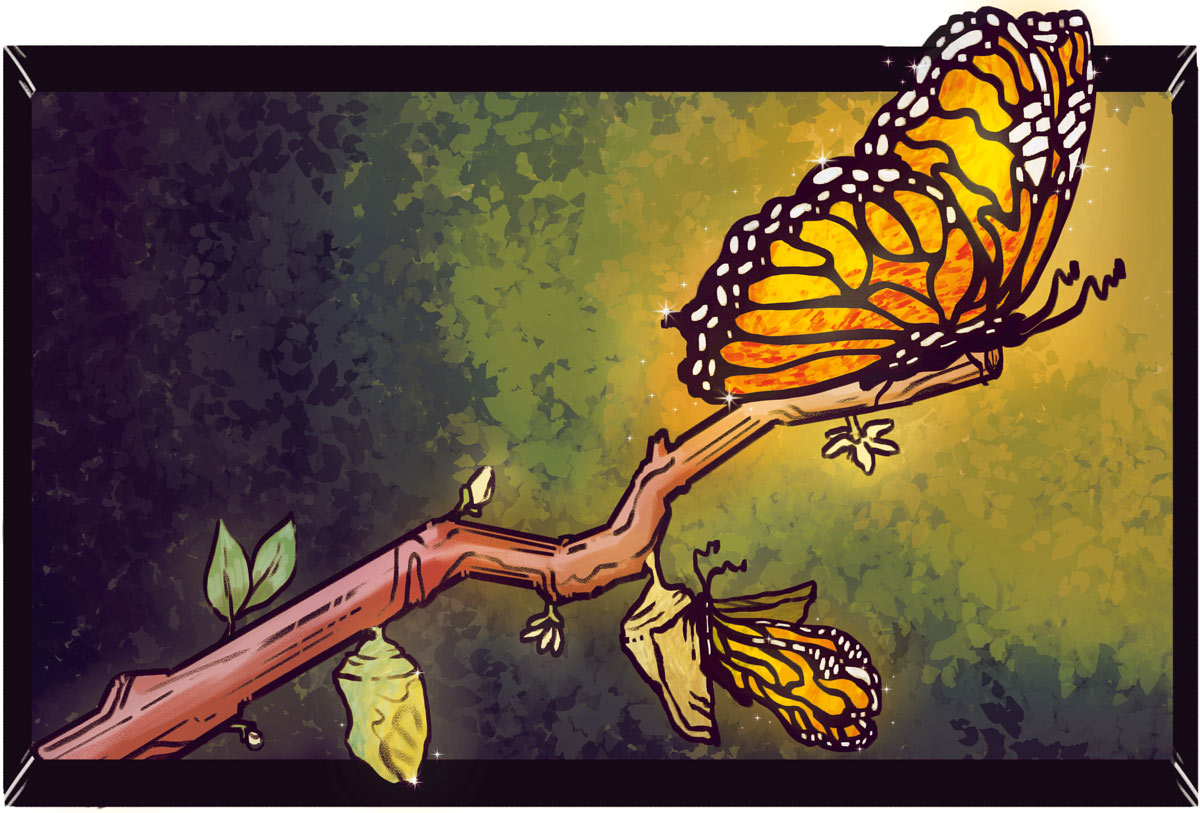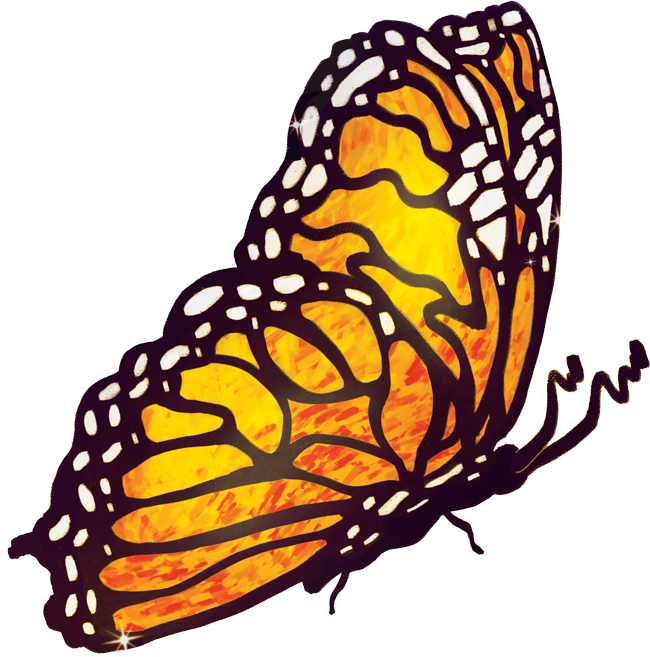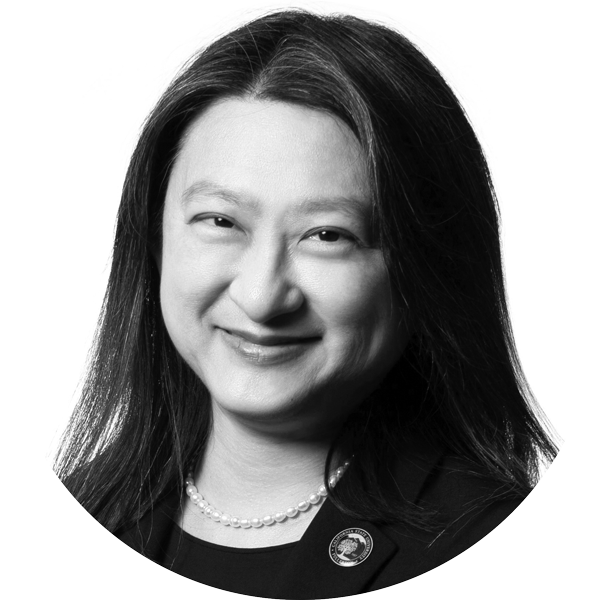
his is a strange time of quarantine and working from home. This is a difficult time of racial protests and political divides. This is an opportune time for change and innovation.
In early spring, I thought of this time as a Great Cocooning, where those of us with not insignificant privilege could continue our silkily sheltered existence, enveloped in a protective place that was not only our physical homes but also our secure mental and emotional states. As spring turned to summer, I began to realize that it was not a time for gentle, private cocooning away from society, but rather a time for thoughtful personal growth and individual transformation so we can collectively rejoin society in ways that are radically different and long overdue.
In short, this is a moment in which the practice of leadership itself needs to be innovative in the foundational sense of creating something newly original out of one’s original self. This is time for a Re-creative Chrysalis, for leaders in education, for leaders who in their own industries and spheres of influence help to educate others, and – really – for anyone who is in a leadership role.
Yet I believe that this moment requires a different approach to leadership, one in which leadership is viewed as modeling thoughtful self-education, manifesting sincere self-reflection and demonstrating authentic self-evolution. After all, a chrysalis is also defined as the actual hardened exoskeleton of a butterfly-to-be, and that tough protective covering may indeed be needed as leaders engage in perhaps the toughest kind of innovation: that which requires a transformation of ourselves.
For example, college professors see themselves (and are seen by others) as experts in our academic disciplines. They come to the classroom and “profess,” while students take notes. When COVID-19 upended the spring 2020 semester for universities all over the world, professors experienced no shortage of unexpected work burdens and extra stress.
Part of the additional work involved changing how we teach, the majority switching from in-person to online course delivery. Part of the stress involved feeling like we didn’t know the optimal ways to use the technology that was now our only option for teaching class. This shift in our identities from being disciplinary experts to being technological non-experts was challenging, especially for faculty who had not always adapted to new technology tools as they became available throughout the last several years. Faculty identities needed to shift to include “technology learner” as part of being an “academic expert.”
Thus, I challenge all leaders to take one or more Implicit Association Tests (IAT) to explore their own unconscious biases. We cannot begin to overcome our own unconscious biases until we bring them to the surface, until we examine and become willingly conscious of them. We cannot lead serious conversations about race and justice in our organizations until we engage in serious self-reflections about our own implicit biases. Our leader identities need shifting, to include “learner about racism” as part of being “anti-racist.”
As noted by anthropologist Edward T. Hall, who we are – our identities – is not so much about being as it is about becoming. I would add to that “being” a leader is about always becoming a better version of ourselves, which requires continuous self-reflection and transformation.
For example, as campus leaders shifted to remote teaching and learning in the spring, and as conversations continued throughout the summer as to whether fall terms would be in-person and/or online, the attitudes of some faculty seemed grounded in a fundamental belief that online teaching was inferior to in-person teaching. This attitude is reflected in many higher education circles as a traditional disdain for online education, perhaps stemming from the days when “real” universities offered classes in-person and only “second-rate” institutions offered online courses or correspondence courses, the pre-Internet version of remote education.

For leaders wishing to learn more about the historical foundations of race and/or how to be anti-racist, I highly recommend the online resources offered by the National Museum of African American History and Culture.
For educators, the most obvious change in the COVID-19 era is teaching online, but other changes are also happening. For example, many college professors have spent the summer “scrubbing the syllabus” to ensure greater inclusion of anti-racist and diversity-related course content, as well as including readings by diverse authors and scholars. Another change in college classrooms has been an increase in guest speakers from around the world. While this has been technologically feasible for some time, it’s only now that doing so seems not only the best thing to do from a health and safety standpoint, but also the right thing to do to expand the diversity in our classrooms and places of work. Such actions have impact far beyond a single class or environment.
Outside the education sector, the changes are only beginning, as companies reassess their long-term needs for commercial real estate and traditional office spaces, as well as whether managing teams requires everyone to be working in-person during the same business hours. Whether and how we commute to work post-COVID-19, as well as how we commune with others in the coming months and years, all remain to be worked out.
A major challenge is the seeming contradiction in how these pandemics should be handled. On the one hand, the health pandemic requires us to stay home whenever possible. On the other hand, the racism epidemic requires us to demonstrate collectively and publicly against systemic inequities, police brutality and the disproportionate harm done to communities of color.
These societal crises are requiring organizational leaders to adapt to realities both new and, for many, newly admitted. Adapting to any change is difficult, but butterflies that fail to transform typically never emerge from their chrysalis.
Ultimately, how we recreate ourselves in our habits, our minds and our identities during this Re-creative Chrysalis will manifest in our leadership in the world. And the world in this moment appears in quite desperate need of leadership.

communications.fullerton.edu/faculty/bey_ling_sha/bey_ling_sha.php
communications.fullerton.edu/faculty/bey_ling_sha/bey_ling_sha.php